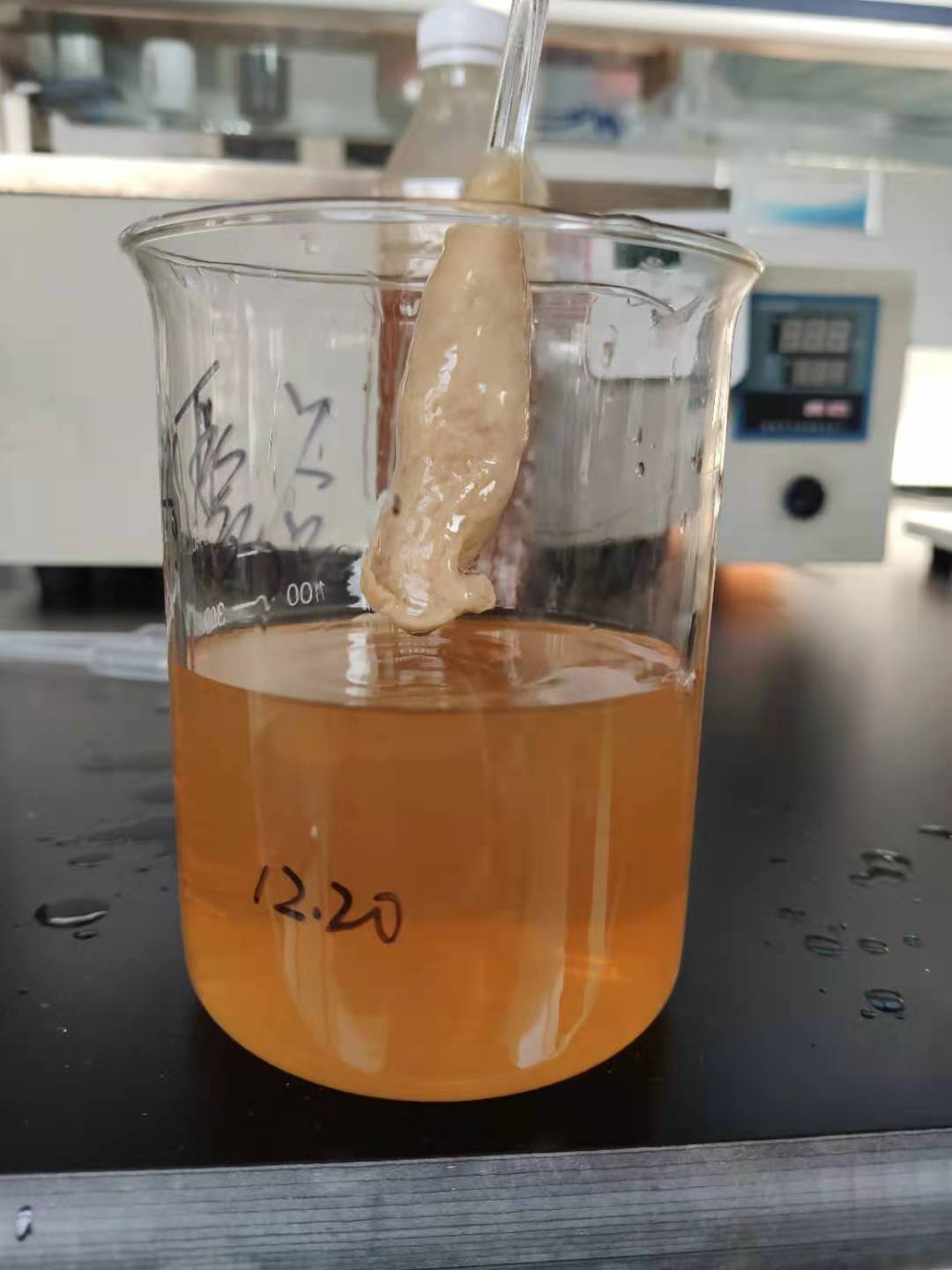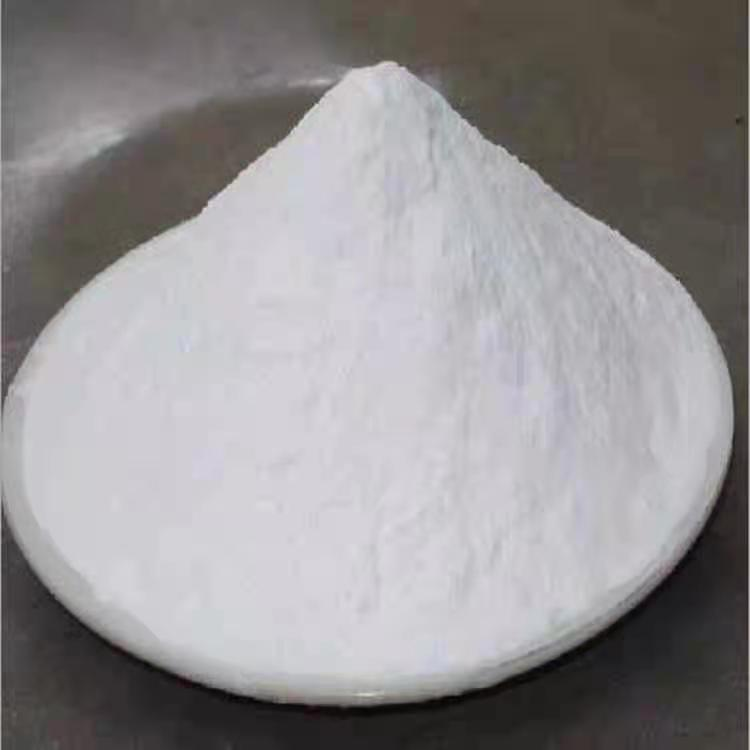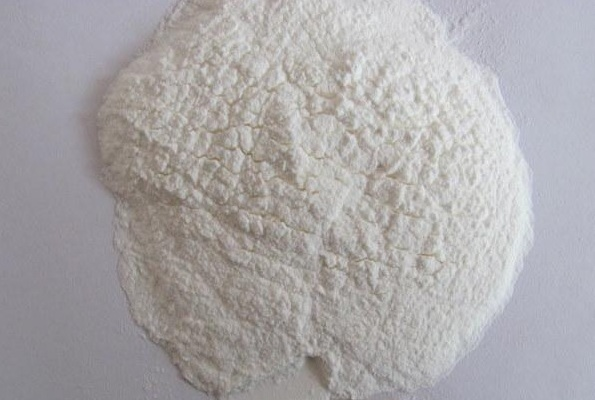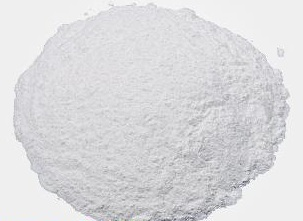Products
Contact Us
Tel: 86-632-8999262
Fax: 86-632-8999268
MP/Wechat/Whatsapp: 8613563208832
E-mail: sdjienuoanna@hotmail.com
E-mail: annajienuoenzyme@hotmail.com
E-mail: sdjienuo@163.com
Add: No.22 Chang Jiang Road, Economic Development Zone, Zaozhuang City, Shandong Province, China
Acid protease
Acid protease is a microbial protease produced by fermentation of Aspergillus niger. Its main activity is protease, which hydrolyzes yeast and fish meal to increase amino acid content. It can also supplement the deficiency of endogenous enzymes in animals, improve the utilization rate of energy in feed, promote the growth of livestock and poultry, increase daily weight gain, reduce feed-to-weight ratio, and improve their production performance.
Keywords:
Details
Product Performance Introduction
Acid protease is a microbial protease produced by Aspergillus niger fermentation. Its main activity is protease, which can hydrolyze yeast and fish meal to increase the amino acid content. It can also supplement the deficiency of endogenous enzymes in animals, improve the energy utilization rate of feed, promote the growth of livestock and poultry, increase daily weight gain, reduce feed-to-weight ratio, and improve production performance.
Acid protease is suitable for diets containing anti-protein feed (soybean meal), etc., and works with other enzymes to eliminate the effects of anti-nutritional factors in protein; it can also be added to viscous feed with xylanase and other enzymes to hydrolyze protein into small molecular peptides and amino acids that are easily absorbed by animals.
Product Introduction
Acid Protease: 10 Ten thousand u/g (Powder) 5 Ten thousand u/g (Powder) 5 Ten thousand u/ml (Liquid)
Instructions for Use
Used in ruminant, pig, rabbit, and chicken diets.
Recommended Dosage: 100-300g/t (Varies depending on concentration).
Powder acid protease for feed is mixed with feed, usually added during premixing; liquid acid protease for feed can be sprayed directly during granulation.
Packaging and Storage
Standard Packaging: 25 Kilogram sealed bucket
Store in a dry place at room temperature, preferably below 20 ℃, with an annual activity loss of no more than 10%。
Precautions
This product is non-flammable and can be mixed with water in any proportion. Please wear protective measures (masks, glasses, etc.) during operation to avoid direct inhalation and allergic skin contact. If accidentally in eyes, please rinse immediately.
Get a free quote
Please fill in your contact information and your needs, and we will arrange a professional to contact you!






